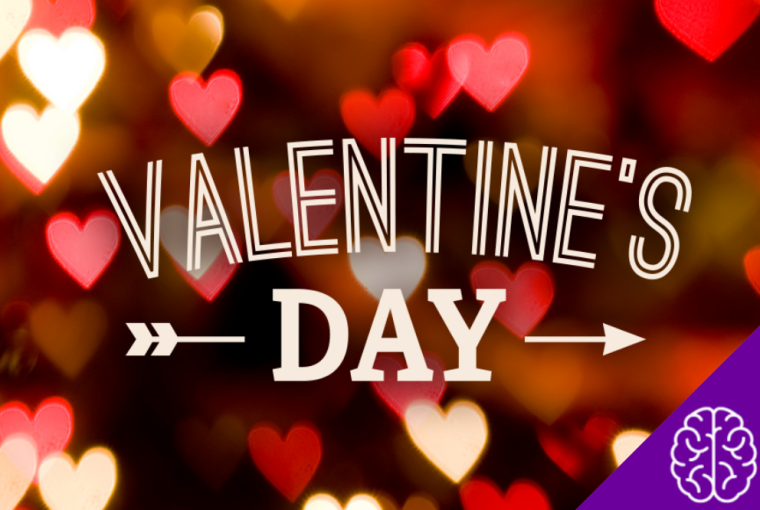Valentine’s Day is celebrated across the globe as a day dedicated to love and affection. But how much do we really know about the origins of February 14th? Beneath the surface of candy hearts and romantic dinners lies a history filled with intriguing twists, legends, and customs that have transformed over centuries.
This post uncovers the fascinating story behind Valentine’s Day—exploring its ancient roots, its evolution into a commercial holiday, and the traditions celebrated around the world today. Whether you’re a hopeless romantic or simply curious about history, you’ll come away with a newfound appreciation for this beloved day.
How Did Valentine’s Day Begin?
The history of Valentine’s Day dates back to ancient Rome. While the specific origins are still debated by historians, there are two widely accepted theories that merge traditions of romance and religion.
The Feast of Lupercalia
Long before February 14th was synonymous with romance, the ancient Romans celebrated Lupercalia, a pagan festival held annually from February 13th to 15th. The festival honored fertility and purification while paying tribute to the Roman gods Faunus (god of agriculture) and Romulus (mythical founder of Rome).
During Lupercalia, priests sacrificed goats and dogs as offerings and performed rituals believed to bring prosperity and fertility. Unmarried men would then draw the names of women from a jar, forming temporary matches that could evolve into lasting unions. This somewhat unconventional matchmaking tradition may have influenced the romantic focus that Valentine’s Day embraced later.
The Legend of Saint Valentine
The holiday’s name, however, comes from Saint Valentine—a character shrouded in legend and mystery. According to one account, Saint Valentine was a Roman priest who secretly performed weddings for couples during Emperor Claudius II’s reign. Claudius had outlawed marriage, believing that single men made better soldiers. Valentine defied the emperor’s orders, and when discovered, he was imprisoned and later executed on February 14th circa 269 AD.
Another tale suggests that Valentine fell in love with the jailor’s daughter and sent her a note signed “Your Valentine”—giving rise to a custom still honored today in the exchange of Valentine’s cards.
From Ancient Rituals to Modern Romance
While Lupercalia laid the groundwork for February as a month of love, it wasn’t until centuries later that Valentine’s Day became an official holiday.
The Church’s Influence and February 14th
By the late 5th century, Pope Gelasius I declared February 14th as Saint Valentine’s Day in an effort to Christianize the Lupercalia celebrations. Over time, the religious connotation of the day softened, and by the Middle Ages, Valentine’s Day became associated with courtly love.
Poets and Literary Influence
The romantic vision of Valentine’s Day was cemented in the 14th century, largely thanks to the works of writers such as Geoffrey Chaucer. In his poem “Parliament of Foules”, Chaucer wrote about February 14th as the day birds chose their mates—a poetic nod that resonated with medieval traditions of love.
By the 18th century, Valentine’s Day had evolved into a day for exchanging tokens of affection, including handwritten notes, flowers, and small gifts. Sound familiar?
The Commercialization of Love
The revolution that turned Valentine’s Day into the holiday we know today began in the mid-19th century. Here’s how:
- Mass-Produced Greeting Cards
Esther A. Howland, an entrepreneur from the United States, is credited with popularizing mass-produced Valentine’s cards in the 1840s. Her ornate, hand-assembled cards became a cultural sensation and set the stage for the global phenomenon of exchanging Valentine greetings.
- The Chocolate Boom
The connection between chocolate and Valentine’s Day was solidified when Richard Cadbury introduced bespoke heart-shaped boxes in the late 19th century. Chocolates soon became not only a delicious treat but also a symbol of love.
- Modern Marketing
By the 20th century, Valentine’s Day had become a goldmine for brands worldwide. From florists selling millions of roses to jewelers promoting sparkling tokens of affection, marketing campaigns embraced the day to evoke feelings of romance and generosity.
Valentine’s Day Around the World
Though Valentine’s Day originated in the West, its celebration has taken on different forms and traditions across the globe. Here are some unique examples:
- Japan: Valentine’s Day in Japan focuses on gift-giving, where women traditionally present chocolates to men. A “return-gift” day called White Day is celebrated a month later, when men reciprocate.
- South Korea: Following the Japanese tradition, South Korea adds another twist—a third date called Black Day in April, when singles gather to eat noodles and celebrate self-love.
- Brazil: Instead of February 14th, Brazilians celebrate Dia dos Namorados (“Lovers’ Day”) on June 12th. The day honors both romantic and familial love with music, festivals, and gifts.
- Finland: Known as Ystävänpäivä or “Friendship Day,” February 14th in Finland focuses on celebrating friendships rather than romantic partnerships.
- Denmark: Danish lovers express their affection by exchanging pressed flowers called “snowdrops” and humorous Valentine letters known as gaekkebrev.
What Valentine’s Day Means Today
Valentine’s Day has come a long way since its ancient Roman roots, evolving into an international celebration of love in all its forms—romantic, platonic, and self-love. For many, it’s a reminder to express appreciation for the important people in their lives. For businesses, it’s an opportunity to market goods and services that help people celebrate.
Although the day has faced criticism for its commercialization, its enduring charm lies in the simple human desire to connect and show that you care.
Celebrate the Story of Love
Whether you’re planning to spoil someone special or take some time for self-love this Valentine’s Day, knowing the rich history of February 14th adds even more meaning to the day. After all, love in all its forms is timeless.
Looking for ways to make this Valentine’s Day unique? Share your traditions and ideas in the comments below—or tag someone you’d love to celebrate with!


